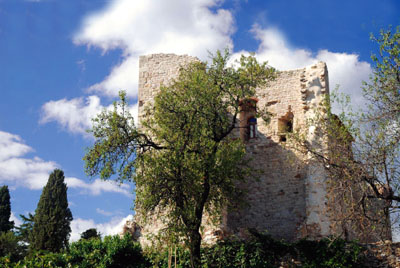Every traveller has a preferred travel style. Some prefer to leave nothing to chance. Everything is booked – the hotel, the car, even the attractions – booked and paid for well in advance.
The Tuscan itinerary is clear and everyone knows the game plan.
Then there’s the spontaneous traveller, the one who wants to take what comes along, good or bad.
Most of us fall somewhere in between, isn’t it?
No problem, but the question is: does planning ahead save money? Here are some of the “yes, yes and for sure yes” answers.
Yes – Planning Ahead Saves Money
If you have zero flexibility on dates, there’s no point in waiting for a last-minute deal on anything unless you have a back-up plan. Plan ahead: get the best deal you can on a Villa or an Hotel with cancellation privileges, if (and this is important) you think it’s likely that a last-minute deal will come along. Don’t forget to cancel in sufficient time if you change to the last-minute deal.
True last-minute deals can be very inexpensive, but they come with hidden costs sometimes. For example, how much will breakfast cost in the last-minute hotel as compared to the pre-booked one? Your savings could disappear pretty quickly if the last-minute place is an expensive cab ride away from the main attractions, especially if you could have pre-booked somewhere central.
You can sometimes save money by planning and paying in advance for your non-refundable accommodation. With reputable firms this is reasonable, as you usually get a better rate than if you do not pay in advance. With firms you don’t know, be very careful!
Accommodation is often the most expensive part of your trip. Once you know what it will cost you, you can be quite specific about the other items in your budget. No surprises!
Surprises are the sort of thing that can be costly. No surprises often means no overspending.
Planning ahead also gives you time to really get the value from using a travel agent, should you choose to do so. You can shop around for an agent you feel comfortable with, and then the agent can work for you and your budget. Remember, time is money. If your time is limited, let the travel agent do what they are trained to do, to find you the best value!
More of a do-it-yourselfer? Then give yourself lots of time to shop around for the deals you want, and to become familiar with the market for whatever it is you’re buying. When you buy a car, you typically research how much cars cost, and for a couple of weeks you probably know the value of one or two models fairly well. The same goes for any type of goods or services – if you study the market for a bit, you soon find out what a reasonable price to pay is. Shoes, cars, villas or hotels, the principle is the same.
The biggest benefit of planning a tour or an holiday is that you will know how much is reasonable to spend on each element of your trip and you can lock in savings when you find them.




